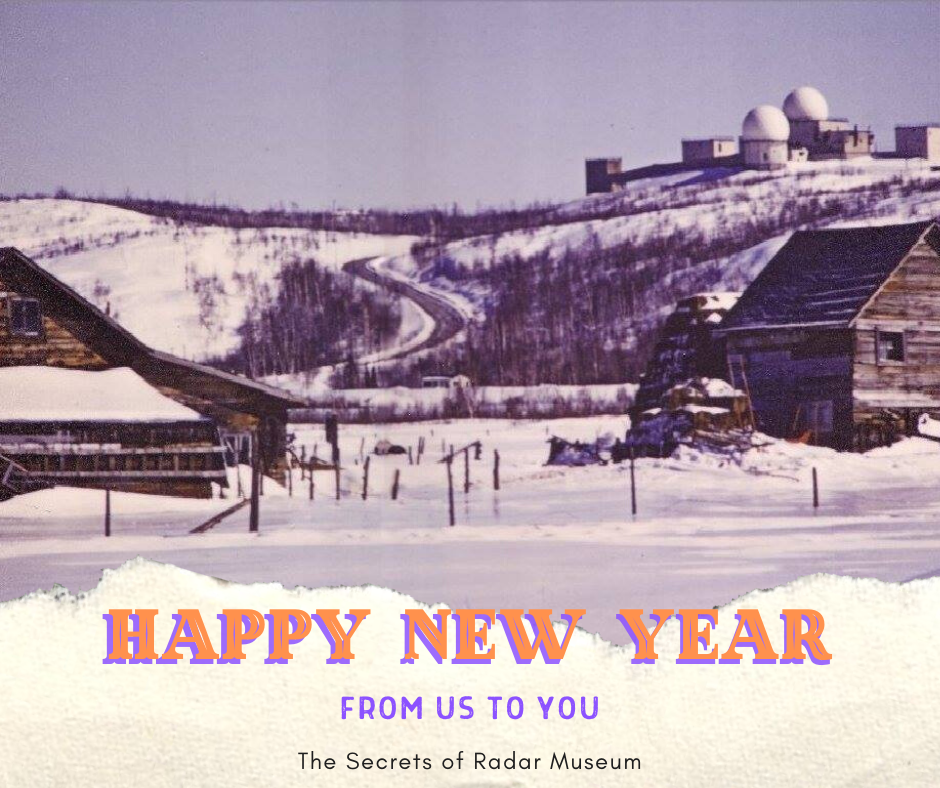Pictured is CFS Falconbridge, c.1971. Opened in 1952 as RCAF Station Falconbridge, just north of Sudbury, ON, it closed in 1985 after the Pinetree Line—the line of NORAD radar stations that spanned the breadth of southern Canada—was declared redundant. Photographer unknown. Did you take this photo or know who did? Please let us know! Collection of the Secrets of Radar Museum
For us at “Radar”, this new year—2020—is a special one. It marks the 75th anniversary of the end of the Second World War.
When the war began in September 1939, no one foresaw just how long it would last. As the years crept by, enlistment faltered, enthusiasm waned, and casualties mounted. When it finally ended, thousands of exhausted Canadians returned to their friends and families. Our radar story begins in late 1940 with a few hundred men with radio and electronics skills, culminating at war’s end with about 15,000 total Canadian men and women working in the RCAF radar program. Sworn to the Official Secrets Act, they toiled in often appalling, occasionally extremely dangerous conditions, overseas and in Canada, in every theatre of war, working beside Britons, Australians, and a host of other Commonwealth citizens, as well as Americans, to thwart, baffle, and defend against enemy operations.
We were, of course, founded by those very same WWII radar veterans in order to preserve and share their unique history whose secrecy was mirrored by those involved in experimental scientific and intelligence activities. Like the veterans themselves, many of whom continued to work in radar-related fields in their post-war careers, returned to school, built companies and families, we too have branched out. We’ve come a long way, with multiple exhibits, a unique collection of artefacts and archives, virtual exhibits, and education and outreach programming. Although the past year saw many challenges and changes, standing here looking at our displays, with all of you supporting us in so many invaluable ways, we feel pretty good about the future.
With that said, we offer you gratitude and the sincerest wish for a healthy and happy 2020, and hope that you will continue to engage with us in the weeks and months ahead as we commemorate this momentous anniversary year. To you and yours, Happy New Year!
